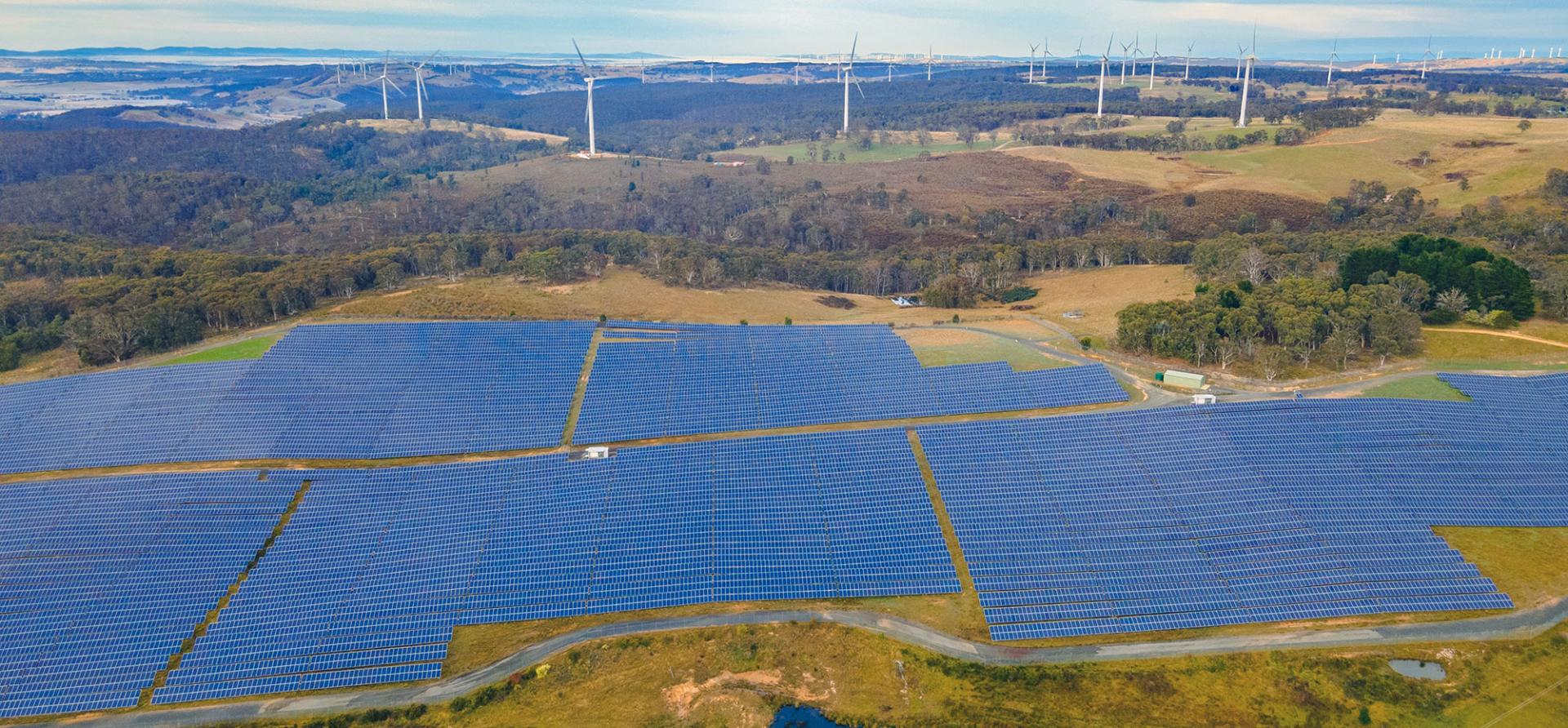The approaching surge of renewables and storage leaves no space for Eraring
Download Full Report
View Press Release

Key Findings
The Australian government's recently announced expansion of its Capacity Investment Scheme (CIS) will play a key role in achieving its 82% renewable energy target by 2030, supporting the majority of new renewable capacity required.
The first tranche of winning NSW projects under the CIS would be enough to ensure the reliability standard is met after the planned closure of the Eraring coal-fired power plant.
IEEFA/ITP modelling shows that it is not necessary to keep Eraring open beyond its planned closure in 2025, and that propping Eraring up would undermine the financial viability of the remaining coal generators.
Executive Summary
IEEFA worked with ITP Renewables using its openCEM energy market modelling tool to analyse new renewable generation capacity requirements, reliability outcomes and coal-power utilisation factors under a number of scenarios.
We found that to achieve the government’s 82% renewable energy target by 2030 and minimise overall energy system costs, an additional 36 gigawatts (GW) of new large-scale renewable generation capacity would be needed. This is slightly higher than AEMO’s 2022 ISP step change scenario, which found that 30GW of new large-scale renewable generation capacity would result in the National Electricity Market (NEM) reaching 83% renewables by 2030-31.
Under the recently announced expansion of its Capacity Investment Scheme (CIS), the federal government plans to underwrite 23GW of variable renewable generation. This would support the majority – albeit not all – of the new renewable energy capacity required to achieve the government’s 82% target.
Another benefit from the CIS is that, once they come online at the end of 2025, the first tranche of winning NSW projects under the scheme would fill the forecast requirements to meet the reliability standard after the planned closure of the Eraring power plant. The projects are targeting commercial operation by December 2025, while Eraring is due to exit in August 2025, so the remaining gap is only a question of months.
Our modelling provides further reassurance. It found that, even in a situation in which no new build (additional to what is committed) is allowed in financial year 2026 – one year after Eraring’s planned 2025 exit – reliability would still be maintained within the standard.
Propping up Eraring is like robbing Peter to pay Paul, with other coal power stations left vulnerable.
Finally, we looked at the impact of renewables deployment on the utilisation rates of coal power stations. We found that, even if emissions constraints were removed and only 67% renewables was achieved by 2030, most coal power stations would see significant decreases in utilisation rate between now and 2030, which would threaten their financial viability.
If Eraring's closure was delayed, the impact would be to significantly reduce the utilisation rate of other coal power stations in the state. Essentially, propping up Eraring is like robbing Peter to pay Paul, with other coal power stations left vulnerable. One of the most impacted generators would be Vales Point, for which the capacity factor would drop as low as 9%.















